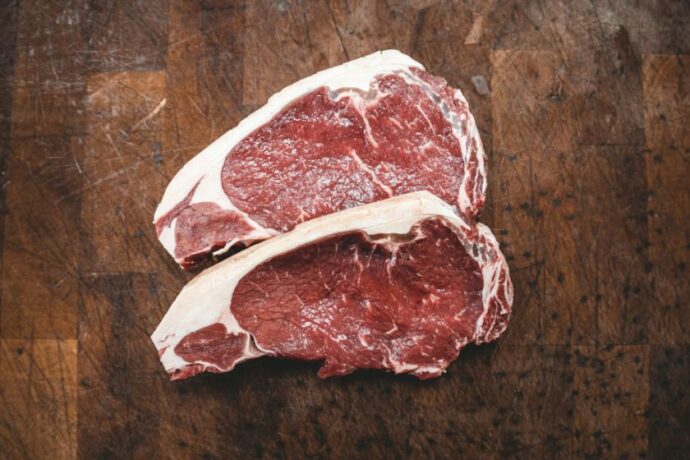
It’s that time of year again — pumpkin is everywhere and you’re probably wondering if your dog can join in on some of the fun. And the good news is they can! From aiding digestion to supporting weight management, this seasonal veggie offers several advantages worth considering. Let’s dive into how pumpkin can be an asset to your dog’s diet and the best ways to incorporate it safely.
Natural Benefits of Pumpkin for Dogs
Pumpkin is more than just an autumn treat — it’s a nutritional powerhouse that can benefit your dog. Rich with fiber and essential nutrients, pumpkin can enhance your dog’s diet by aiding in the support of various bodily functions, including improving digestive health, which is crucial for maintaining your pet’s vitality.
Good Source of Vitamins & Minerals
Pumpkin is packed with vitamins like A, C, and E, as well as minerals like potassium and iron. The fiber in pumpkin helps maintain intestinal health by promoting regular bowel movements and preventing conditions like diarrhea and constipation. Plus, vitamins like vitamin A contribute to healthy skin and eyesight, while vitamin C is vital for boosting the immune system. The dense nutrient profile assures that your furry friend is not just fed but nourished.
Digestive Aid
If your dog faces digestive issues, pumpkin could be the gentle solution you’re looking for. Pumpkin’s high fiber content absorbs excess water in the intestines, which can help firm up loose stools. Conversely, it can also add bulk to your dog’s stool, easing constipation and promoting regularity. This balance makes pumpkin an excellent addition for dogs with sensitive tummies. A simple, natural remedy, pumpkin can enhance your dog’s digestive health without the need for medication.
Weight Management
Managing your dog’s weight can be challenging, but pumpkin offers a low-calorie option to help control their calorie intake. Pumpkin’s high fiber content provides a feeling of fullness, reducing the urge for extra treats. It’s also low in calories, making it a perfect filler in your dog’s diet.
How Much Pumpkin to Give Your Dog
When introducing pumpkin to your dog, it’s best to start with a small amount, like 1 to 4 tablespoons, depending on your dog’s size. Canned pumpkin without added sugars or spices often provides a convenient and consistent option. However, as with any dietary change, it’s vital to monitor your dog’s reaction. Overconsumption can lead to digestive upset, so maintain moderation in serving sizes.
If you’re unsure of how much pumpkin to feed your dog, always consult your veterinarian to discuss the healthiest option.
How to Prepare and Serve Pumpkin to Your Dog
To ensure the safety and effectiveness of pumpkin in your dog’s diet, proper preparation and serving are crucial. The key is serving plain, cooked pumpkin, free from added sugars or spices, to avoid potential health issues.
When preparing pumpkin for your dog, it should be thoroughly cooked until soft for easy digestion. Avoid salt, sugar, and spices commonly found in human pumpkin dishes, as these can be harmful to dogs. Canned pumpkin without additives is convenient and safe, but always double check labels to make sure it’s pure.
This season (or really anytime of year!), consider incorporating a bit of pumpkin into your dog’s diet to boost their intake of vitamins and minerals and aid in digestion. For information on what human foods are not dog-approved, check out our list of toxic foods. Or, check out these three homemade dog food recipes that you can make.



